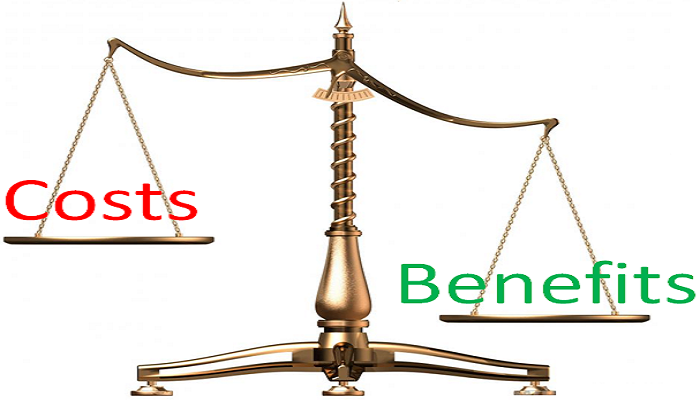This example outline uses the familiar Situation, Complication, Question, Answer structure for business proposals.
The context is a large company in the finance industry implementing cloud technology for software development (referred to as virtual environments).
Note the power of ‘talking headings‘ – you’ll get the gist of the proposal just by reading these headings.
Executive summary
‘Virtual Environments’ open new opportunities
A transformational change plus tangible benefits
1 Situation: Solid technology underpins the business
1.1 Supporting a business with purposeful intent
1.2 Robust technology base
1.3 Sound controlled change methodology
2 Complication: Changing our technology is cumbersome
2.1 Shared and limited number of traditional environments
Development must be completed within a fixed window
Delays in one release impact future releases
Changes to one project impacts all other projects in the release
Production support is disrupted every release
Drives inflexible training schedules
2.2 Limited test data
Limited capability to back-up and restore test data
Old and unrealistic data compromises test confidence
2.3 Dependence on legacy platforms
Manual configuration results in delayed changes and increased variance
High costs of environments
3 Focusing question: How can we have rapid, yet robust, change?
3.1 How can we introduce change rapidly without losing control?
3.2 How can we provide data so that changes can be tested quickly and confidently?
3.3 Is there a way to allow projects to work at different rates?
3.4 How can we transform so that rapid change becomes ‘business as usual’?
4 Proposal: Modernise our IT environments and processes
4.1 Extend virtualised environments
Extend the application coverage to cover all organisational requirements
Decommission all traditional environments
Provide dedicated VEs for minor releases and production support
Provide dedicated VEs for training
4.2 Provide better test data management
Provide capability to backup and restore test data in non-production environments
Provide masked production type data
5 Cost/benefit: IRR of xx% and a payback period of yy years
5.1 Some benefits realised immediately, others gradually ramp up
5.2 If we ignore this opportunity, we’ll lose momentum
5.3 Strategically aligned to corporate objectives
6 Costs
6.1 Costs that can be estimated well
Data solution and extension of VEs across the organisation
6.2 Costs that cannot be estimated well
Extend VEs to include partner organisations
Impacts on the change delivery teams
7 Benefits
7.1 Benefits that cannot be estimated well
Improved business flexibility
Improved project quality and efficiency
Reduced reputation risk
Foundational build to support future delivery
Strategic capabilities for test data management
Reduced hardware spend
7.2 Benefits that can be estimated well
Avoiding the cost of provisioning new traditional environments
Avoiding the cost of new traditional environments to support large scale programs
Eliminating lost productivity and migration effort resulting from de-scoping
Decommission traditional environments
Eliminating minor release environment migration and lost productivity
Reduced retrofitting effort
8 What might raise costs or limit benefits?
8.1 Sensitivity analyses
Changes in cost estimates
Slow project progress
Limited project funding
Variable test data solution costs
8.2 Dependencies
Benefits are only realised if test data solution provided
Full realisation of benefits requires changing the way we work
8.3 Constraints
Satisfaction with current performance
8.4 Project risks
No change in mindset, so no organisational transformation
Partial implementation will reduce benefits and lead to ‘slip back’
Applications may require re-architecture
Additional non-functional re-architecture may be required
Hardware or software is procured unnecessarily by teams external to project
9 Appendices
9.1 Alternative solutions considered
9.2 How the project will be organised
9.3 How we gathered information
Bottom-up
Top-down
9.4 Industry trends
 Whether you are writing marketing copy, a business proposal or a new procedure you expect people to follow, you need to touch both your reader’s heart and their mind in some way. Impersonally presented facts or reasons, no matter how clearly they are presented, are not strong enough to move people away from their existing way of thinking or behaving.
Whether you are writing marketing copy, a business proposal or a new procedure you expect people to follow, you need to touch both your reader’s heart and their mind in some way. Impersonally presented facts or reasons, no matter how clearly they are presented, are not strong enough to move people away from their existing way of thinking or behaving.